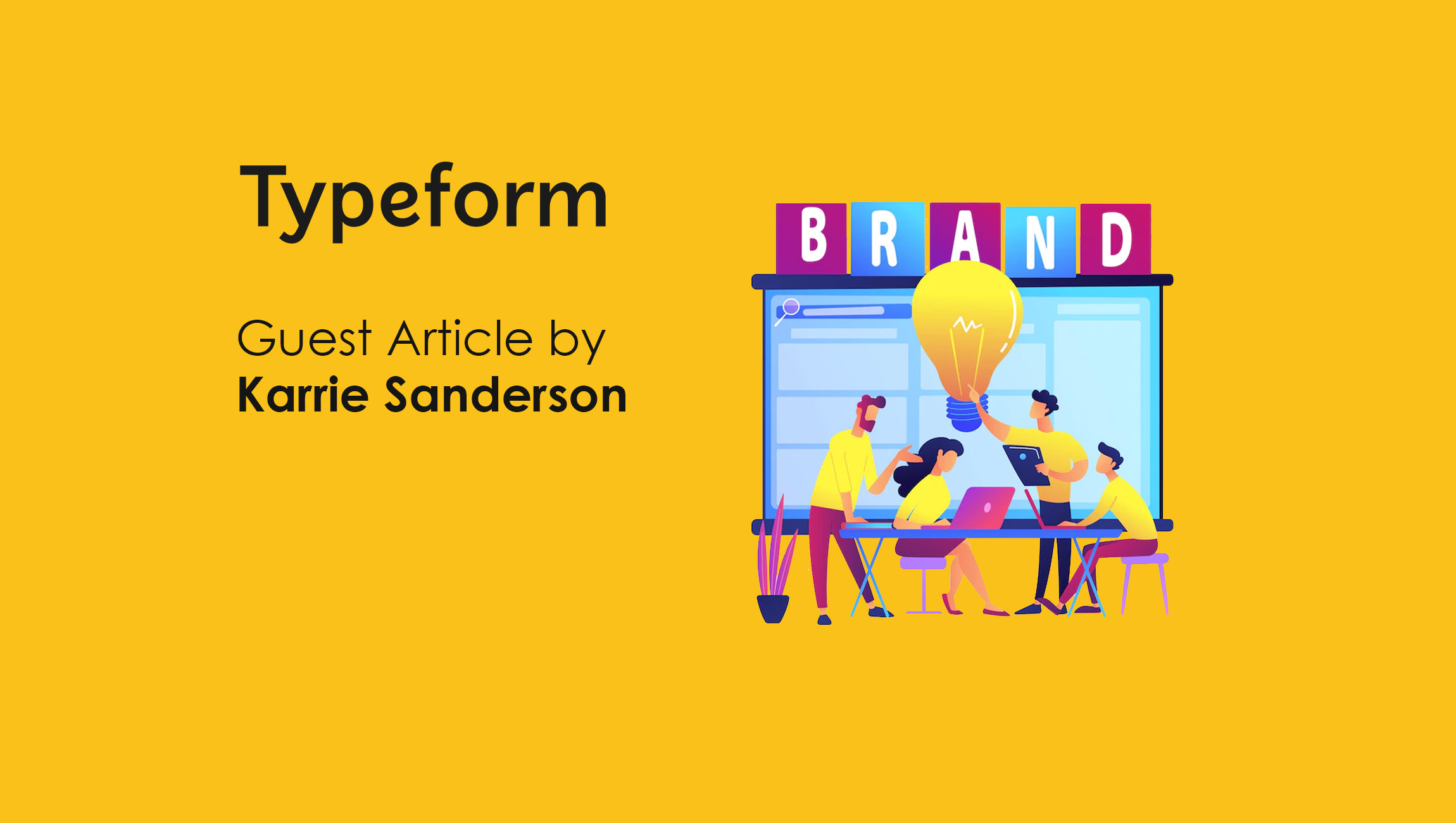The digital age of online business sales and interactions has given marketers a deluge of third-party data points about their customers’ interests. Yet in today’s uncertain economy, businesses are still struggling to understand what customers want from their business, leading to excess inventory and abandoned carts. Adding further complexity, competition between brands is soaring, particularly with low-cost rivals.
In order to stay ahead of the curve, businesses must establish more meaningful interactions with current and potential customers to get a pulse on their wants and needs. By gathering insightful feedback directly from the source, businesses can in turn provide a better experience for customers, adapting to their ever-evolving preferences to increase brand affinity and loyalty.
Surveys are one tool that businesses can deploy to gain customer insight. The data collected in surveys can be a valuable resource to help companies grow and adapt, but there are good and bad surveys. The bad present themselves in a five-page long questionnaire that comes from a cable company after a service, and the good can be found in a fun Buzzfeed quiz that guesses your favorite ice cream flavor.
Not all surveys are created equal, so how can marketing professionals ensure that they are crafting a survey that will yield optimal results? According to data from Typeform, there is specific criteria that businesses should follow.
Keep it Short and Sweet
When it comes to building effective customer relationships, it might seem like there is a never-ending cycle of information that needs to be collected about each customer to ensure products and offerings are relating to customer needs. Although the amount of customer data collected could go on forever, keeping surveys short and sweet often leads to the highest response rates. Data shows that surveys designed with more than six questions have less than a 50% completion rate.
Businesses should also notify respondents about how long the survey that they are being asked to participate in is. Showing respondents how long the survey is and notifying them when they are halfway through will lead to higher completion rates. If customers are immediately bombarded with an overwhelming amount of questions, they will be less likely to share their feedback and take the time to complete the full survey.
Ask Questions that Respondents Want to Answer
Questions beg for answers, which make them engaging. Brands that started a survey by asking for the respondent’s email saw a 9% higher completion rate compared to other surveys with similar length features. With that in mind, creators should also use open-ended questions sparingly in surveys. While open-ended survey questions often lead to brilliant responses with honest and actionable feedback, survey respondents can also get bored or deterred from completing the survey if they are required to type longer responses. Where possible, surveys should leverage multiple choice or short answer responses to keep respondents engaged.
Marketing Technology News: MarTech Interview With Don White, CEO and Co-founder at Satisfi Labs
Keep Tone Positive and Relevant
All surveys should be written in a positive tone. Data shows that surveys that are positive lead to increased completion rates by 45%. Of course, all brands have their own voice, and depending on the subject matter, that tone and voice can vary greatly – but keeping the content as positive as possible results in the best feedback from customers. When designing surveys, it’s important for brands to make sure they are drafting questions that will resonate with the audience they are speaking to. The language in the survey shouldn’t feel forced and should avoid any amount of negativity if possible, given the brand’s product and service offerings.
Keep Design Top of Mind
Well-designed surveys that relate to the brand at stake will be more inviting and attractive to the customers that are being asked to take their time to share feedback. Utilizing assets, images, and color palettes that align with a business’ brand will lead to a more engaging survey experience. Surveys should also be designed to ask one question at a time – like a conversation – to keep the audience engaged. With conversational design principles, brands can create a survey that enables meaningful conversations with their customers.
Give an Incentive
Data shows that surveys that include the words “giveaway,” “gift,” or “winner” on the welcome screen resulted in an 11.2% increase in completion rates than those without. Customers are more likely to spend time giving brands and businesses feedback if they know there is something in it for them. A simple incentive such as a $5 gift card to the first 50 respondents can be enough of an incentive for customers that normally would not take the time to give feedback, to complete the survey honestly and thoroughly.
In an increasingly digital world, surveys have proven to be an effective tool that allow brands to connect with new customers and maintain existing relationships, but they have to be crafted the right way to yield the best results. By following these simple survey best practices, brands will be on their way to collecting the customer data that is needed to engage in any condition. With better surveys come actionable insights which lead to company growth and success.
Marketing Technology News: Consumer Expectations Are Evolving Rapidly Across Industries…Even When it Comes to Ordering Food











